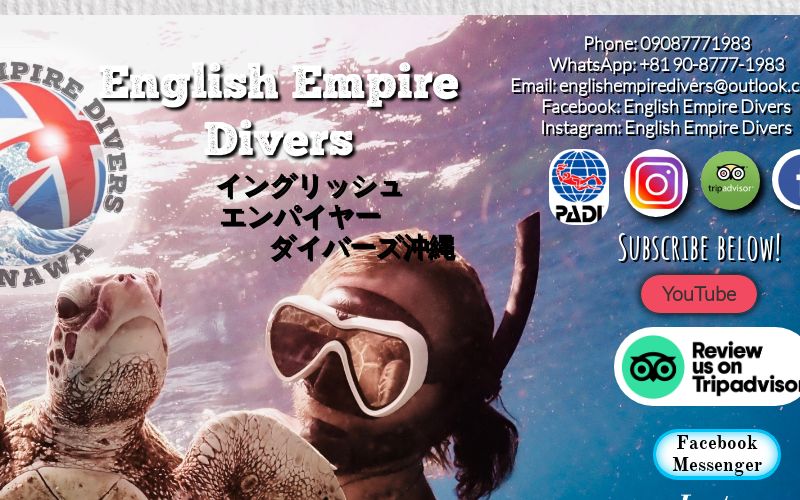OP
Eric Sedletzky
Contributor
About 12 years ago here was a massive die off of the giant sunflower star from a mysterious illness. They were the main predator of the purple urchin. Then there was also a warm water blob which killed off kelp and another toxic algae bloom that killed a lot of giant red abalone. So all this combined caused a perfect storm of events that lead to the purple urchins to explode in numbers. Unlike red and black urchins, purples are a lot more prolific and voracious. Their numbers will explode if unchecked and they eat everything, not just kelp but all the algae on the rocks, ell grass, sea lettuces, other bottom kelps like false bottom, sea palms, etc. they don’t stop there, when there’s no more to eat they begin to eat rock and actually chew holes into the rocks to form a little bowl just big enough to fit their body. Then they go to sleep in a zombie state and can survive for decades (up to 30 years!). When food re grows they wake up and continue to scour the rocks for anything they can eat. A friend told me that in some parts of the world there have been urchin barrens for 60 years now. We know that there is no way we can remove all the purple urchins along the entire west coast. So our main goal is just concentrate all efforts on one cove (Stillwater) and try to clear enough urchins and then maintain it that the native kelps including bull kelp can re-establish. We are forming a safe zone or a farm to protect the various kelps from extinction.Can you explain, for the sake of foreigners from across the sea, what's going on with the purple urchin population? They have no natural predators or competitors and grow on large numbers? How the urchins impact the local ecosystem?
Here in Red Sea, we have the opposite problem: some disease is decimating several species of sea urchins. We lost almost all Diademas, for example.
I’ve dedicated my entire diving life to this quest. It’s hard to just pass over an urchin barren going spear fishing or something without feeling guilty that I’m not doing something about it. So I’m doing something about it.








